This isn’t the typical list of the most popular Beach Chair Scientist posts throughout the year. Those posts typically include questions typed into a search bar such as ‘Do sharks have bones?’ or ‘How much salt is in the ocean?’. Not surprisingly, my favorite posts aren’t focused on straight up interpretation, but rather have more stewardship and conservation as their subject matter. Here is a list of my favorite posts from 2012 and why I enjoyed writing them.
- How did ‘Take A Child Outside’ week get started?: This post was particularly special, not only because I was able to catch up with an old graduate school buddy, but the concept of this week is a very important part of my daily life (not just one week!).
- From Sandy, coastal towns learn ‘dune’ diligence lesson. Is it enough?: Even if I wasn’t there I hope everyone at home knows how much I was thinking of them during Superstorm Sandy.
- Dear Online Science Writing Community: A reminder for ‘call to actions’ because your perspective is priceless and Playing well with others: Dissecting the tension between the scientist-educator community: Writing both of these posts was completely therapeutic. It was such a great feeling as it’s something I encounter on a daily basis. Boy, was it empowering walking into the office the next day!
- 10 tips for a successful beachcombing trip and 10 Beachcombing adventures: I am sometimes a forgetful person. Lists are my friends. Writing these posts (and actual document) helped to focus me on how to make the most from my precious beachcombing days.
- 5 on-the-ground marine debris warriors and the “What Marine Conservationists Are Into …” series: It’s simple – these people are inspiring! Thank you to each and everyone that participated, too!
- Where we go: Chincoteague National Wildlife Refuge: How can you not love listening to this video of a beach adventure from a kid’s perspective?
- Atlantic horseshoe crab ‘infographic’: Pulling all the information about my favorite animal and presenting it in a graphic was definitely on my 2012 to-do list. It may not be perfect … but, it’s all mine!
And here is one of my favorite images posted from this year:

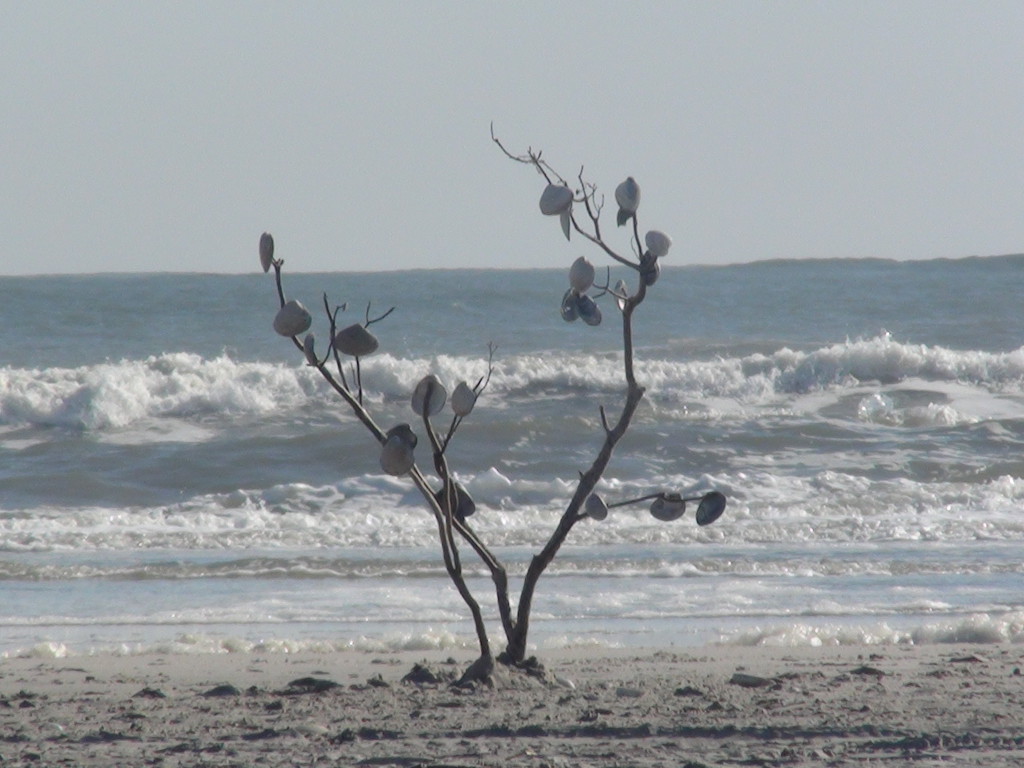
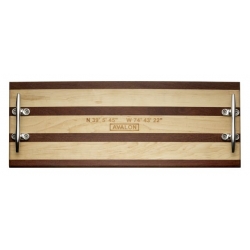
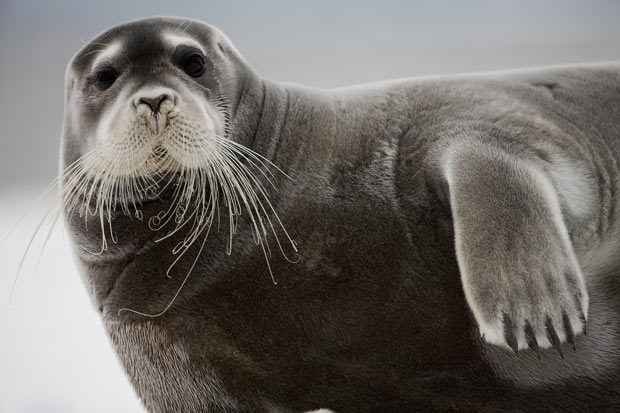
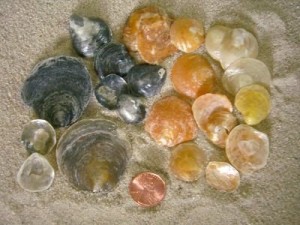



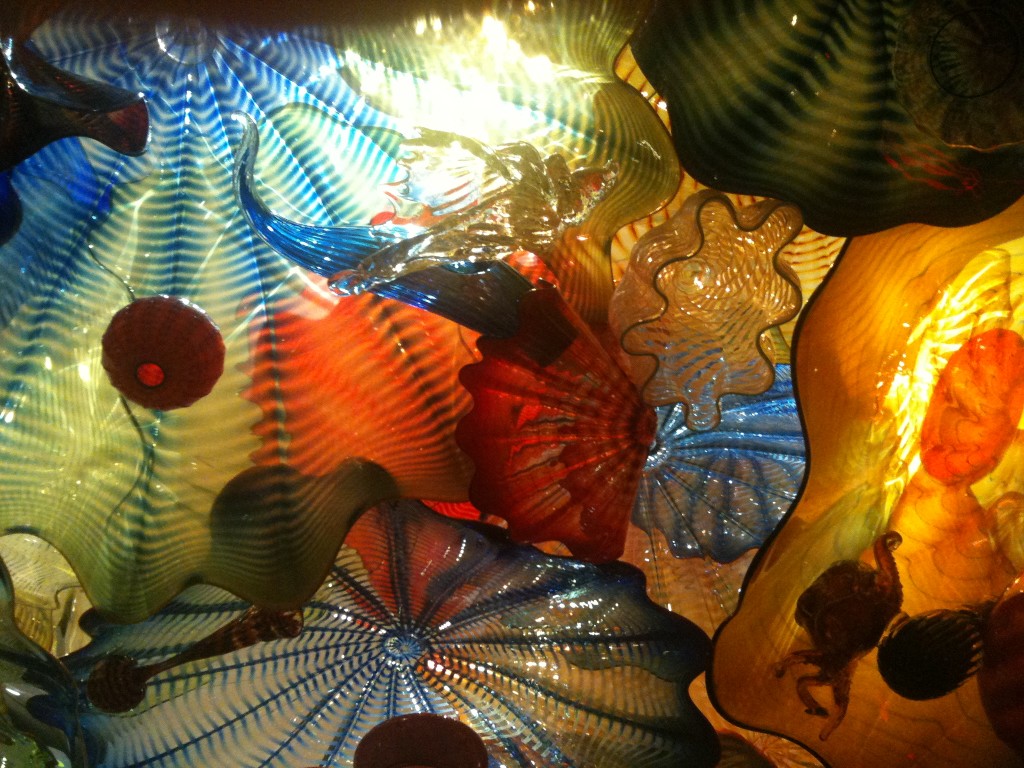

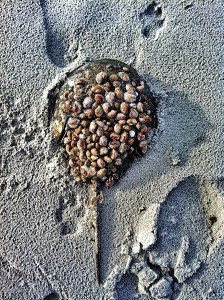







What people are saying …